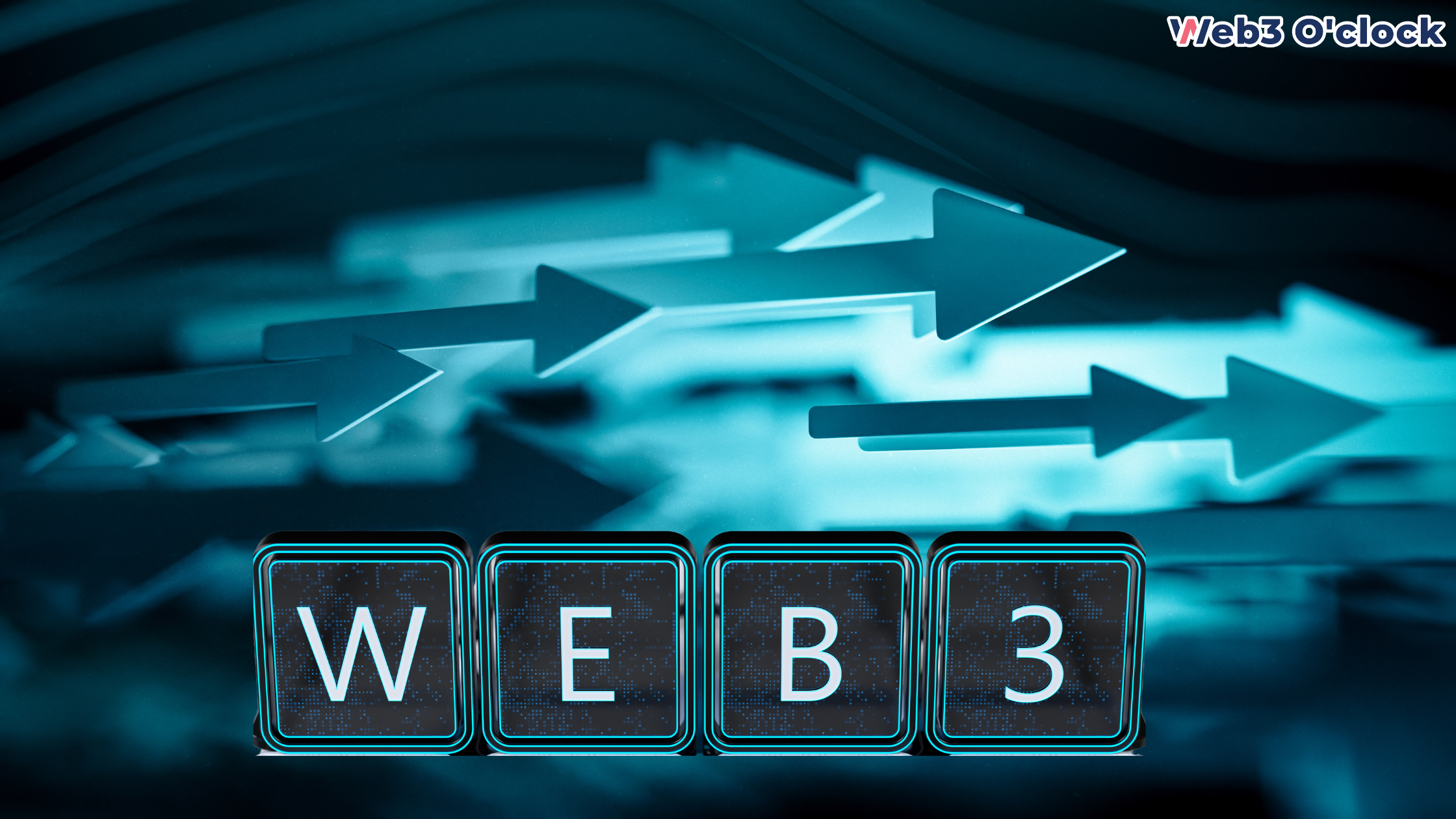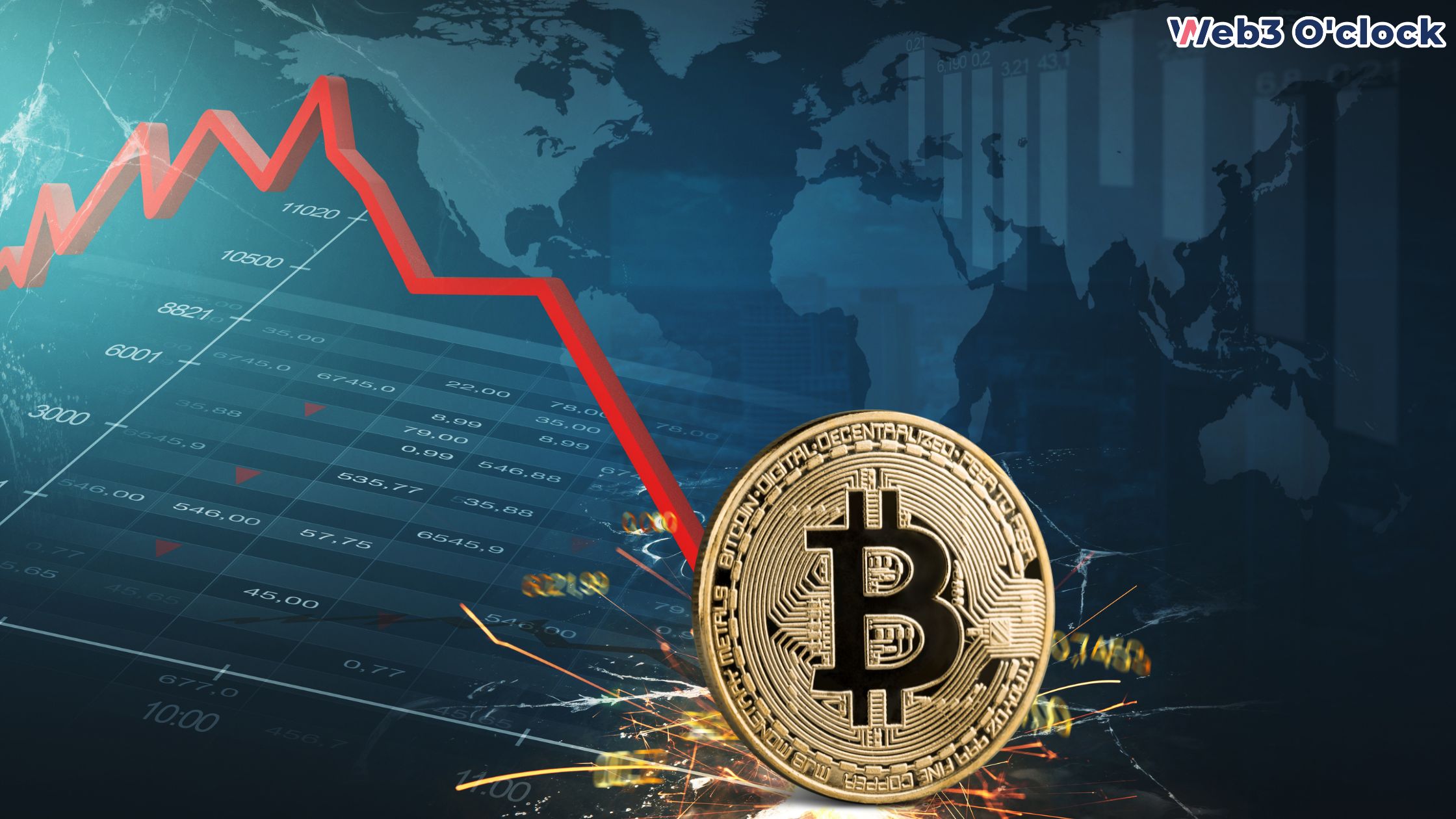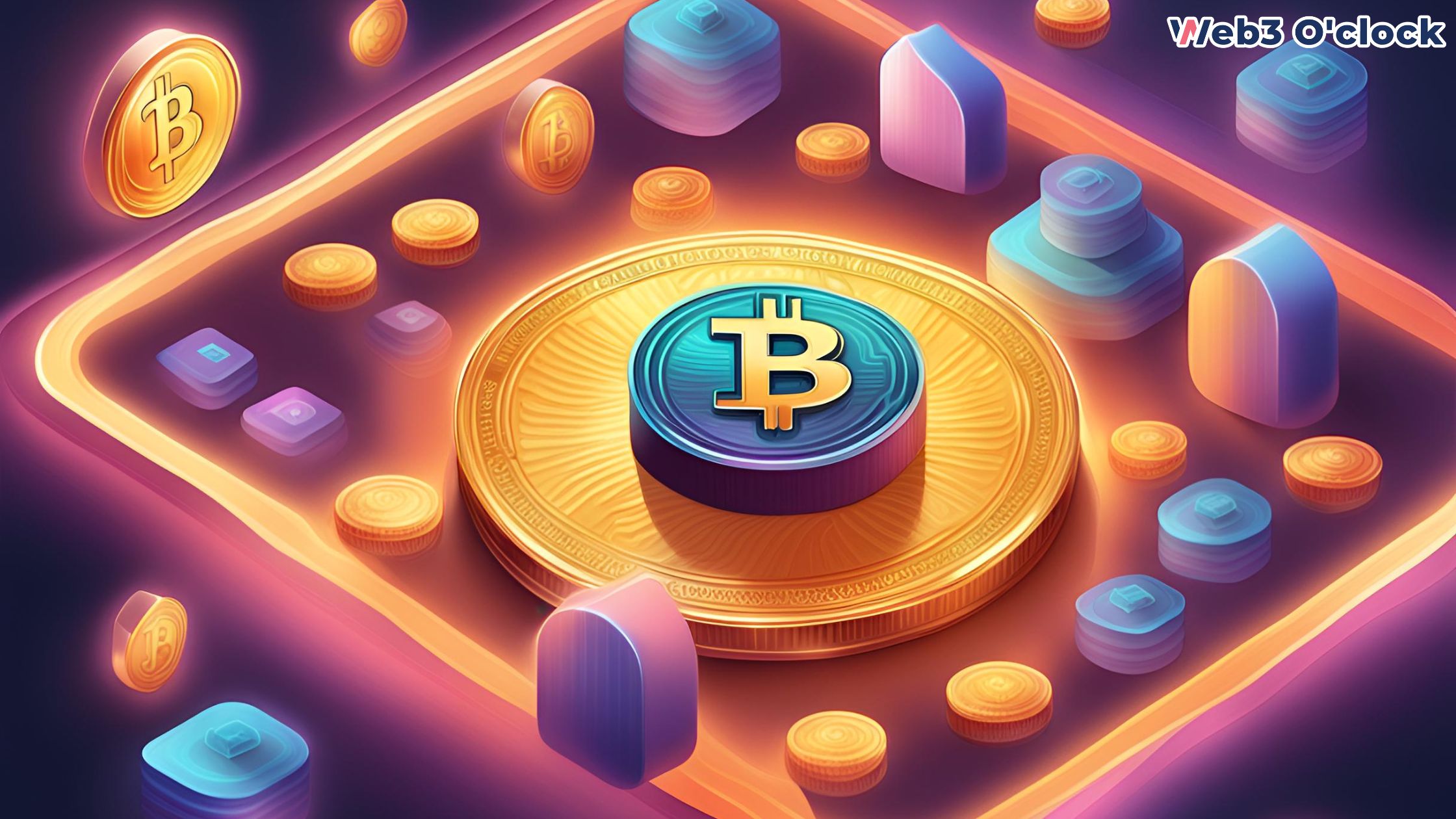Decentralized Finance (DeFi) has emerged as a revolutionary concept within the blockchain ecosystem. It offers a range of financial services and applications that are built on decentralized networks, removing the need for intermediaries and providing individuals with greater control over their financial activities. In this beginner’s guide to DeFi, we will explore the fundamental concepts, popular protocols, security considerations, risks, and future trends associated with this rapidly evolving space.
What is Decentralized Finance (DeFi)?
DeFi, short for Decentralized Finance, refers to a financial system built on blockchain technology that aims to provide open, permissionless, and decentralized alternatives to traditional financial intermediaries. It leverages smart contracts, which are self-executing contracts with predefined rules and conditions encoded on a blockchain, to automate and facilitate financial transactions.
How does DeFi work?
DeFi works by utilizing blockchain platforms, such as Ethereum, to create a variety of financial applications and services. These applications enable users to engage in activities like lending, borrowing, trading, investing, and more, all without the need for intermediaries like banks or brokers. The key components of DeFi are:
- Smart Contracts: These are self-executing agreements that automatically execute transactions when predefined conditions are met. Smart contracts facilitate trust and eliminate the need for intermediaries.
- Decentralized Exchanges (DEXs): DEXs enable peer-to-peer trading of digital assets directly between participants without the need for a central authority. They use liquidity pools and automated market-making algorithms to facilitate trading.
- Stablecoins: These are cryptocurrencies that aim to maintain a stable value, often pegged to a fiat currency like the US dollar. Stablecoins provide stability and serve as a medium of exchange within the DeFi ecosystem.
- Lending and Borrowing Platforms: DeFi platforms allow users to lend their digital assets and earn interest, or borrow assets by providing collateral. These platforms use smart contracts to automate the lending and borrowing process, determining interest rates and managing repayments.
- Decentralized Insurance: DeFi also offers insurance solutions where participants can purchase or provide coverage for various risks within the ecosystem. Smart contracts are used to automate claim settlements based on predefined conditions.
What are the Benefits of DeFi?
Here are some of the most common benefits of DeFi:
- Accessibility: DeFi removes barriers to entry, allowing anyone with an internet connection to access financial services. It offers financial inclusion to the unbanked or underbanked population worldwide.
- Transparency: DeFi operates on public blockchains, which provide transparent and auditable transactions. All activities and transactions are recorded on the blockchain, enhancing trust and reducing the risk of fraud.
- Security: By utilizing blockchain technology and cryptography, DeFi applications enhance the security of financial transactions. Funds are held in users’ wallets rather than centralized platforms, reducing the risk of hacks or theft.
- Efficiency: DeFi automates various financial processes through smart contracts, eliminating the need for intermediaries and manual paperwork. This improves efficiency, reduces costs, and enables faster settlement times.
- Financial Innovation: DeFi encourages experimentation and innovation in the financial sector. Developers can build new applications and services on open protocols, fostering creativity and novel financial solutions.
What are some popular DeFi Protocols and Platforms?
DeFi encompasses a diverse range of protocols and platforms that enable users to access decentralized financial services. Decentralized exchanges (DEXs) have gained significant popularity, offering users the ability to trade digital assets directly from their wallets. Platforms like Uniswap and SushiSwap have revolutionized the concept of trading by eliminating the need for traditional intermediaries.
Lending and borrowing platforms have also emerged as key components of DeFi, enabling users to lend their digital assets and earn interest or borrow assets against collateral. Examples such as Compound and Aave have created a decentralized lending and borrowing ecosystem, providing users with new avenues for financial interactions.
Yield farming and liquidity mining have become synonymous with DeFi, allowing users to earn rewards by providing liquidity to various protocols. Platforms like Yearn.finance and Curve have revolutionized the concept of generating returns by enabling users to participate in yield farming strategies and leverage the power of decentralized liquidity pools.
Decentralized stablecoins have addressed the issue of volatility in cryptocurrencies by pegging their value to a stable asset, such as the U.S. dollar. MakerDAO and Terra are prominent examples of stablecoin platforms that provide stability and enable users to transact seamlessly within the DeFi ecosystem.
Wallets and Security in DeFi
As users interact with DeFi protocols, securing their assets and personal information becomes paramount. DeFi wallets come in various forms, including hardware, software, and web-based options. It is essential to follow best practices, such as using hardware wallets and implementing multi-factor authentication, to protect against potential security breaches.
Moreover, understanding the security considerations associated with DeFi is crucial. Smart contracts are not immune to vulnerabilities, and users must exercise caution while interacting with them. Conducting thorough research and reviewing audits of smart contracts can help mitigate potential risks.
Risks and Challenges in DeFi
Decentralized Finance (DeFi) has gained significant attention in recent years as a promising and innovative approach to financial services. However, like any emerging technology or financial system, DeFi is not without its risks and challenges. Here are some key risks and challenges associated with DeFi:
- Smart Contract Vulnerabilities: DeFi platforms heavily rely on smart contracts to automate transactions and enforce agreements. Smart contracts are subject to coding errors and vulnerabilities, which can be exploited by attackers. Such vulnerabilities can lead to hacks, theft of funds, or manipulation of the platform.
- Regulatory Uncertainty: DeFi operates in a largely unregulated environment, which presents challenges in terms of compliance with existing financial regulations. The lack of clear regulatory frameworks can lead to legal and operational risks, as well as potential crackdowns or restrictions by regulatory authorities.
- Market Volatility and Price Risk: Many DeFi applications involve cryptocurrencies and digital assets that are highly volatile. The value of these assets can fluctuate rapidly, exposing users to significant financial risks. Price manipulation and market manipulation schemes can also impact the stability and reliability of DeFi platforms.
- Liquidity Risks: DeFi protocols often rely on liquidity provided by users for their operations. In times of market stress or extreme volatility, liquidity can dry up, leading to higher slippage, reduced trading opportunities, and potential losses for users. The reliance on liquidity providers and the potential for flash crashes pose additional risks.
- Centralization Risks: While the goal of DeFi is to create decentralized systems, many platforms and applications still have centralized components. These centralized points can become targets for attacks or manipulation, compromising the security and integrity of the entire system.
- Governance Challenges: DeFi platforms often involve decentralized governance models where decision-making is conducted through voting or consensus mechanisms. However, achieving effective and inclusive governance can be challenging due to voter apathy, collusion, or concentration of power among a few influential stakeholders.
- User Error and Security Risks: DeFi platforms require users to manage their private keys and interact with unfamiliar interfaces. Mistakes such as incorrect transactions, exposing private keys, or falling victim to phishing attacks can result in irreversible loss of funds.
- Scalability and Efficiency: DeFi applications built on blockchain networks face scalability and throughput challenges. High transaction fees and network congestion during peak usage can limit the accessibility and usability of DeFi platforms.
- Financial Product Complexity: DeFi offers a wide range of financial products and services, including lending, borrowing, yield farming, and derivatives. The complexity of these products can make it difficult for users to understand the associated risks, potentially leading to unintended losses or exposure to hidden risks.
- Integration with Traditional Finance: Bridging the gap between DeFi and traditional finance systems can pose challenges due to differing regulatory requirements, interoperability issues, and resistance from traditional financial institutions.
Future Trends
The future of DeFi holds immense potential for transforming the traditional financial landscape. Integration with traditional finance is becoming more prominent, bridging the gap between the decentralized and centralized financial worlds. Layer 2 solutions and scalability enhancements are being developed to address the scalability issues faced by DeFi protocols, making them more efficient and user-friendly. Interoperability and cross-chain protocols are being explored to enable seamless asset transfers across different blockchain networks.
Conclusion
In conclusion, DeFi represents a paradigm shift in the way financial services are delivered and accessed. By removing intermediaries and providing greater financial autonomy, DeFi has the potential to revolutionize the global financial system. As the ecosystem evolves, it is crucial for beginners to stay informed, exercise caution, and embrace the opportunities that DeFi offers while being mindful of the associated risks.
FAQs
Is DeFi regulated?
DeFi operates in a relatively unregulated space compared to traditional finance. While some jurisdictions have started to develop regulations, the decentralized nature of DeFi makes it challenging to enforce traditional regulatory frameworks. Participants should be aware of potential risks and compliance considerations based on their local regulations.
What are the risks of participating in DeFi?
Participating in DeFi carries risks, including smart contract vulnerabilities, hacking, scams, and market volatility. Smart contracts, despite their automation, can still contain bugs or vulnerabilities that may lead to financial losses. It’s essential to thoroughly assess the security measures and reputation of DeFi platforms before engaging with them.
How do I get started with DeFi?
To get started with DeFi, you need a digital wallet that supports the Ethereum blockchain and some Ether (ETH), the native cryptocurrency of Ethereum. You can then explore various DeFi platforms, such as decentralized exchanges or lending platforms, and connect your wallet to interact with these applications. It’s important to research and understand the platforms you choose and exercise caution when depositing funds.
Can I earn interest on my cryptocurrencies through DeFi?
Yes, one of the benefits of DeFi is the ability to earn interest on your cryptocurrencies by participating in lending and borrowing platforms. These platforms allow you to lend your digital assets and earn interest from borrowers. However, it’s crucial to evaluate the risks associated with lending platforms, such as the creditworthiness of borrowers and potential default scenarios.











